FAST FASHION
What is it?
Fast fashion describes cheaply produced and priced garments produced rapidly by mass-market retailers in response to the latest trends.
The Impact
Fast fashion has caused the fashion industry to become the second largest polluter in the world.
Big solutions

Donate clothes when you’re done with them rather than throwing them away

Buy clothes used, there are many thrift stores and second hand stores!

Avoid synthetic fabrics such as nylon, polyester, and rayon
Water Pollution
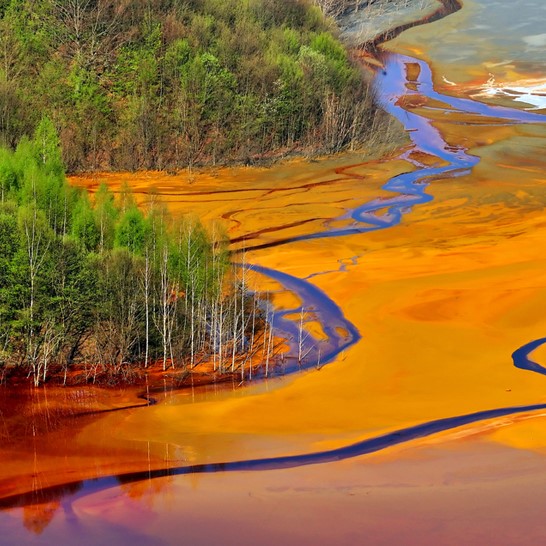
The Issue
Untreated toxic wastewaters from textile factories are often dumped directly into rivers. Wastewater contains toxic substances such as lead, mercury, and arsenic which are extremely harmful to aquatic life and the health of people living by river banks. As this contamination reaches the sea it spreads around the globe.
Solution
Choose clothes that are made in countries with stricter environmental regulations for factories such as EU, Canada, and the US. Choose organic and natural fibers that do not require chemicals to be produced

Water Consumption
The Issue
1.5 trillion liters of water are used by the fashion industry each year while 750 million people in the world do not have access to drinking water. Adults need approximately 1,350 liters of water per year, so the water used in by the fashion industry would be enough for 1.11 billion people.
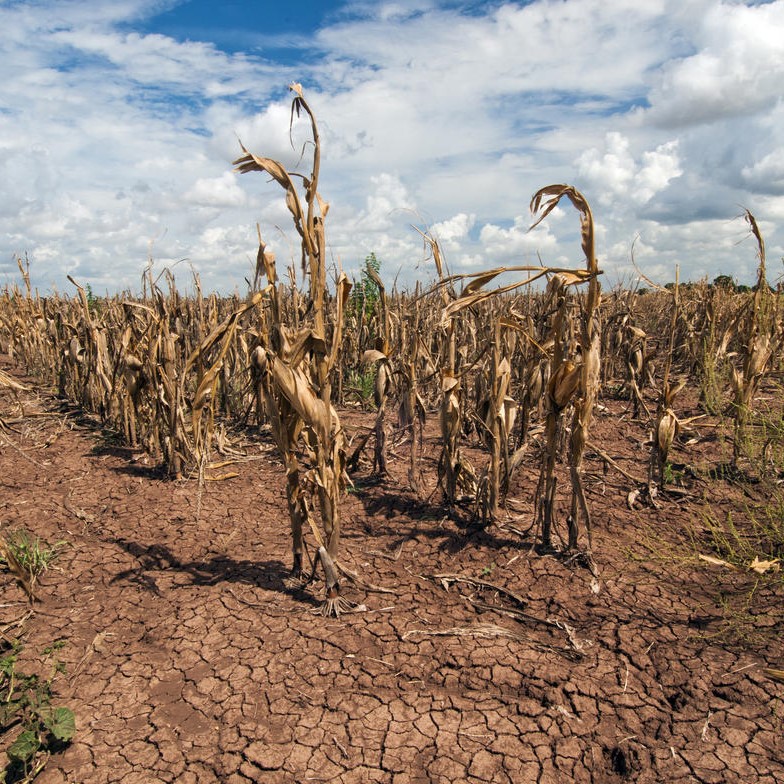
Solution
Choose fibers with low water consumption such as linen or recycled fibers.
Microfibers in the Oceans

The Issue
Fast fashion often uses synthetic fibers such as polyester or nylon which are made from petroleum and can take up to 600 years to biodegrade. Each time a synthetic garment is washed around 1,900 indidual microfibers are released into the water whihc make their way to the oceans. Small aquatic organisms ingest those microfibers, they’re then eaten by bigger and bigger fish which introduces plastic into our food chain.
Solution
Choose natural or semi-synthetic fibers such as organic cotton or pineapple fiber.
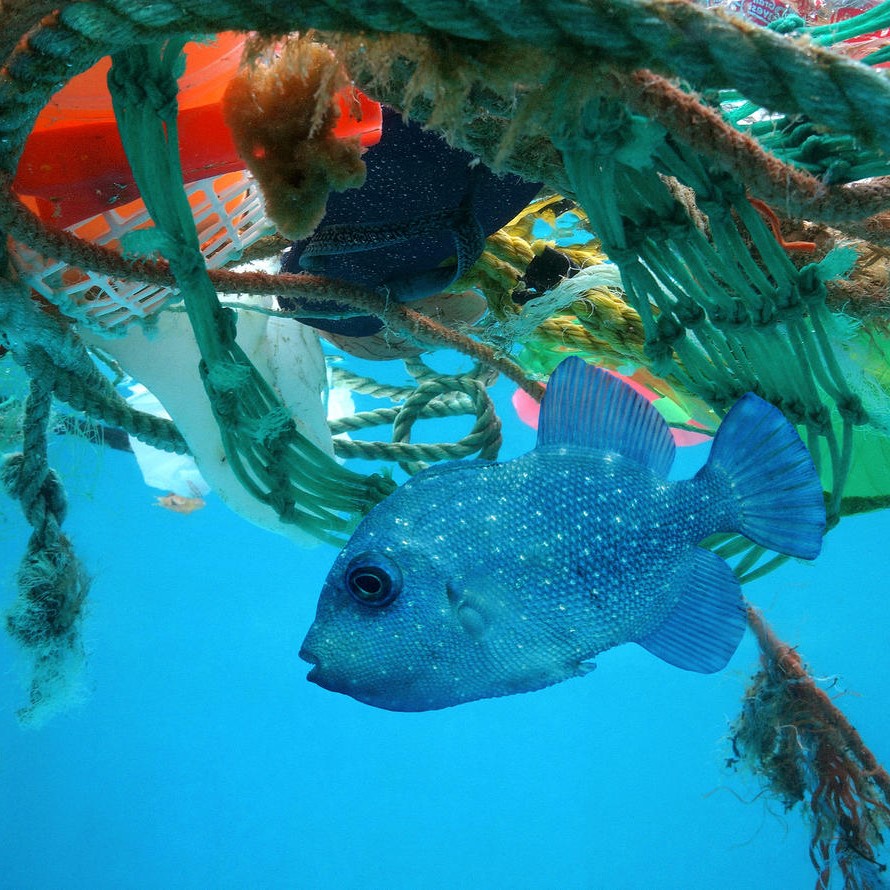
Waste Accumulation
The Issue
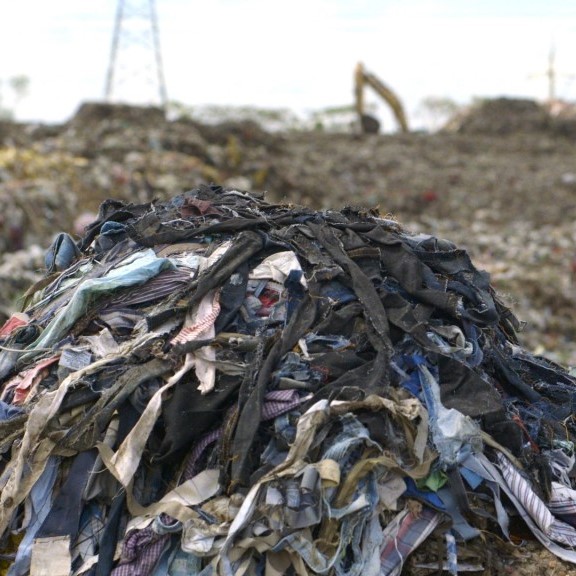
Solution
Buy less clothing, buy better quality clothing, mend clothes, and donate clothes you don't wear anymore!
Chemicals
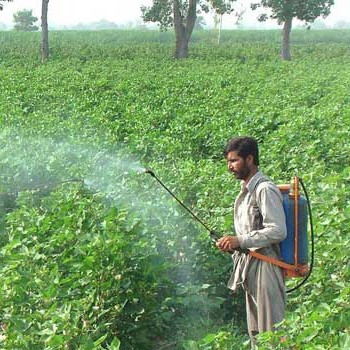
The Issue
Chemicals are a key component in clothes and are used during fiber production, dyeing, bleaching, and wet processing of garments. Chemicals used in cotton farming are causing disease and premature death among cotton farmers, freshwater and ocean water pollution, and soil degradation.
Solution
Choose organic fibers and sustainable brands. Wash new clothes before you wear them for the first time. Look for garments with certification label controlling chemical content such as OEKO-TEX®, GOTS, or BLUESIGN®.
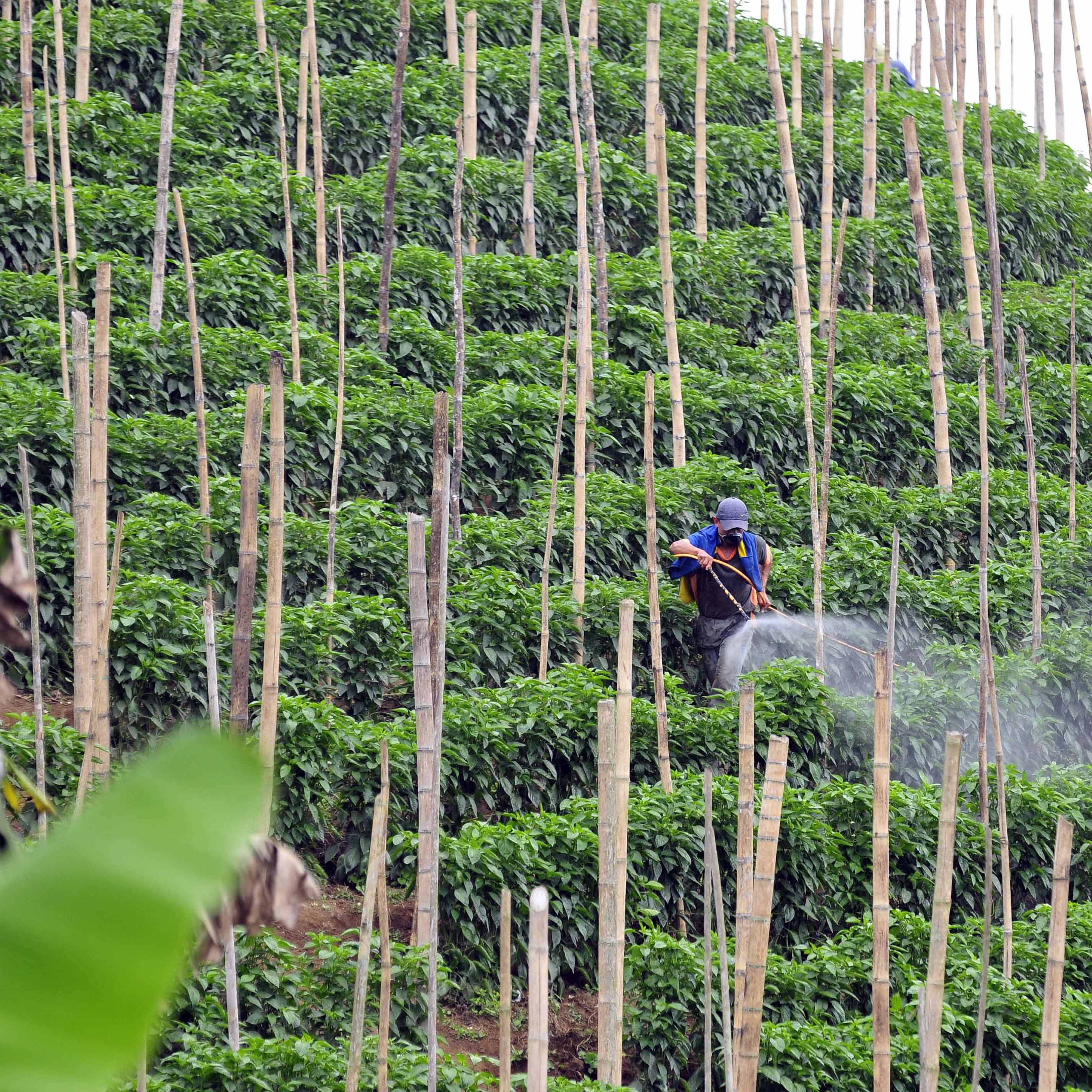
Greenhouse Gas Emissions
The Issue
The apparel industry produces 10% of global carbon emissions. The global fashion industry generates lots of greenhouse gases because of energy used during the production, manufacturing, and transportation of millions of garments that are purchased each year. Synthetic fibers which are used in the majority of our clothes are made from fossil fuel. Most clothes are produced in China, India, or Bangladesh which are countries mostly powered by coal which is the dirtiest type of energy in terms of carbon emissions.

Solution
Choose natural fibers such as organic cotton or linen. Buy less clothes, buy clothes with better quality, repurpose clothes and donate clothes. Buy clothes made in countries powered by more renewable energy.
Soil Degredation
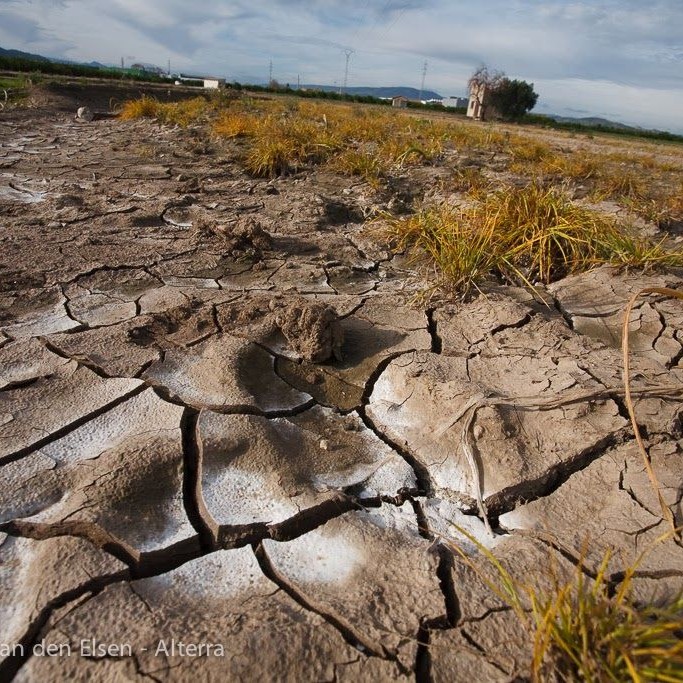
The Issue
Healthy soil is necessary for food production and it absorbs CO2. Global degradation of soil presents a major threat to global security as well as contributing to global warming. The fashion industry causes soil degradation in many ways-overgrazing of pastures of cashmer goats and sheep raised for wool, the massive use of chemicals for growing cotton, and deforestation caused by wood-based fibers like rayon.
Solution
Choose fibers friendly to the soil.

Rainforest Deforestation
The Issue
Thousands of hectares of endangered and ancient forests are cut down each year to be replaced by tree plantations for wood-based fabrics like rayon, viscose, and modal. This deforestation threatens the ecosystem and indigenous communities.
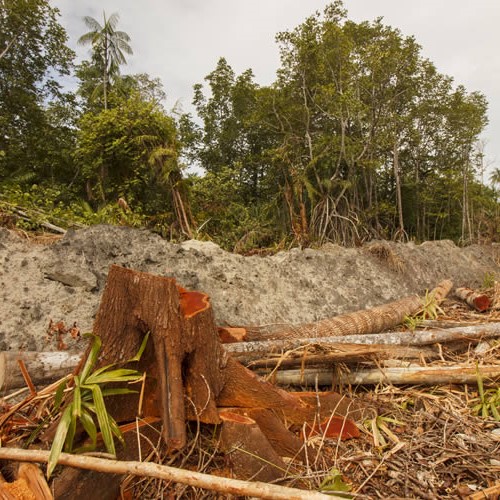
Solution
Choose Lyocell/Tencel® instead of rayon, modal or viscose.